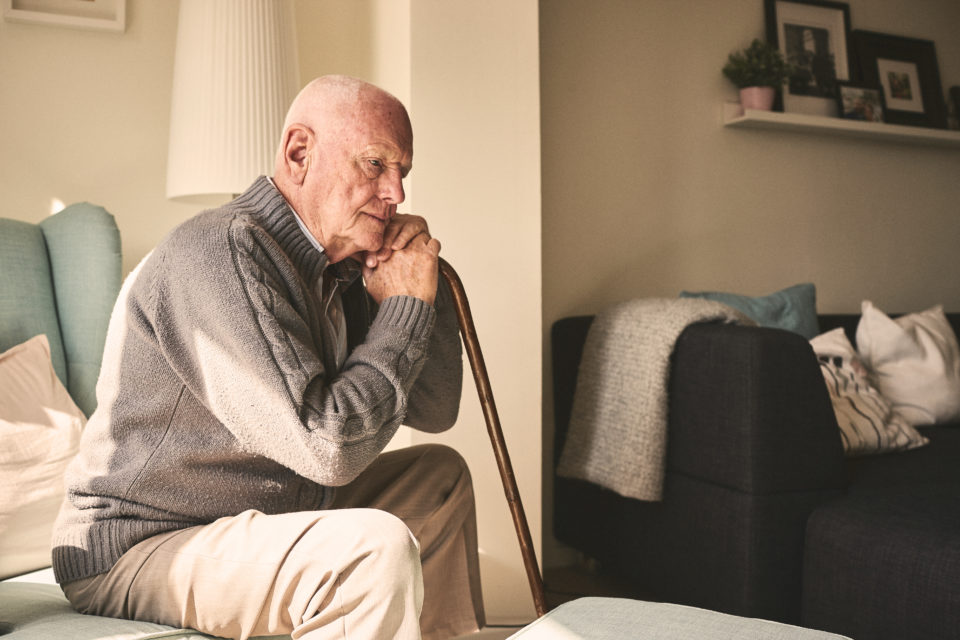
Findings from a network analysis of more than one thousand patients with chronic obstructive pulmonary disease (COPD) highlight the complex interaction between physical psychological features in this disease.
Depression and anxiety were most commonly linked with activity limitations, psychomotor slowing, and sleep problems, according to lead author Abebaw Yohannes, PhD, from Azusa Pacific University in California, who shared these findings at the 2021 American Thoracic Society International Conference.
With this study, researchers aimed to characterize the relationship and directions between individual depressive and anxiety symptoms and clinical features of COPD using a network approach.
They collected and analyzed data from the phase II portion of the COPDGene study, a multicenter observational study designed to identify genetic factors associated with COPD. In this group of 1,587 patients, the mean age was 68 years.
Depression and anxiety symptoms were measured using items from the Hospital Anxiety and Depression Scale (HADS), COPD symptom impact was measured by COPD Assessment Test (CAT), functional capacity was measured by the Six Minute Walk Test, and lung function was measured by spirometry.
To understand the connections between mood symptoms and clinical variables, the investigators performed Network Analyses with Bayesian estimation of the Gaussian Graphical Model to identify the most relevant connections and represent them as a Network. The final model also included additional clinical parameters.
Ultimately, researchers discovered “a sparse network,” with multiple positive connections between symptoms of COPD, anxiety, and depression, suggesting a strong link among these factors. “Among others, reduced energy and cough were connected with sadness; chest tightness with fear/panic and restlessness; and breathlessness with psychomotor slowing,” the authors offered as examples. The most central symptoms were activity limitations, cough, worries, low energy, slowing, chest tightness, and sadness.
In addition, age was connected positively with slowing, but negatively with fear/panic and anhedonia. Gender and race also affected the connections between worries and activity limitations; the link was stronger among males than females, and among Caucasians than Blacks.
“Activity limitations, psychomotor slowing, and sleep problems were identified as the most relevant ‘bridge symptoms’ between COPD and depression and anxiety,” the researchers concluded. The final model illustrated strong connections between breathlessness, restlessness, anhedonia, and psychomotor slowing. “Future longitudinal studies might examine activity limitation and sleep problems either as elective targets for preventive or therapeutic interventions for depression and anxiety,” they added.







 © 2025 Mashup Media, LLC, a Formedics Property. All Rights Reserved.
© 2025 Mashup Media, LLC, a Formedics Property. All Rights Reserved.